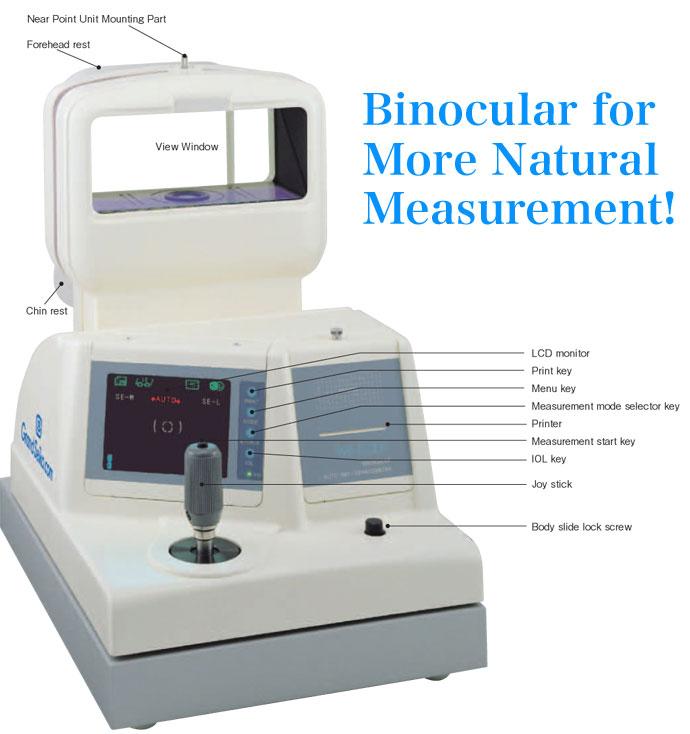Lab Capabilities
Eye Tracking Instrumentation
Our haploscope is custom designed by the Vision and Neural Engineering Laboratory of NJIT, funded through an equipment grant from the National Science Foundation. The key novelty is the ability to measure eye movements and accommodation dynamically and simultaneously, using an ISCAN Inc. 240Hz camera system and a PlusOptix Power Refractor 3, respectively. This is achieved through a series of mirrors and monitors. The software, VisualEyes2020, is all custom from NJIT written in LabVIEW. To the best of our knowledge this is the only instrument of its kind. The beauty of the system is there are no moving parts. We use four computer monitors (Stimulus monitors = SM1, SM2, SM3, and SM4). Visual stimuli are presented on one or multiple computer monitors. Hence, we can present a monocular target that is only present on SM4 and SM2 which would stimulate accommodative vergence. We can present stimuli binocularly on SM1 and SM2 which would stimulate disparity vergence. We can also use only 1 stimulus monitor and change the scale (also called looming) which stimulates proximal vergence.
Function Near Infrared Spectroscopy
Our Techen CW6 fNIRS device is a noninvasive optical brain monitoring device. Functional near-infrared spectroscopy (fNIRS) is a relatively new non-invasive functional imaging tool. fNIRS capitalizes on the different absorption characteristics of oxygenated (HbO) and deoxygenated (HbR) hemoglobin under 600 – 900 nm infrared light to detect individual differences within their concentrations. The scattered and re-emitted infrared light is measured by the detector 10 – 40 mm distance from the source. This source-detector distance induces a light penetration depth of 2 – 8 mm of the cortex. The theoretical observed brain region is approximately the centroid of the source and detector optodes, roughly 15mm below the scalp. Scattering of light creates a banana shaped pathway between the optodes, making the observed signal an aggregate of that pathway. This collective signal would contain the hemodynamic concentrations from the neruovasculature, grey matter and white matter. Our instrument is integrated with a Brainsight Neural Navigator for exact placement of optodes.
Autorefractor
Our Grand Seiko WR-5100K autorefractor measures accommodation dynamics. It was purchased with the PI’s NSF Major Research Instrumentation grant.

